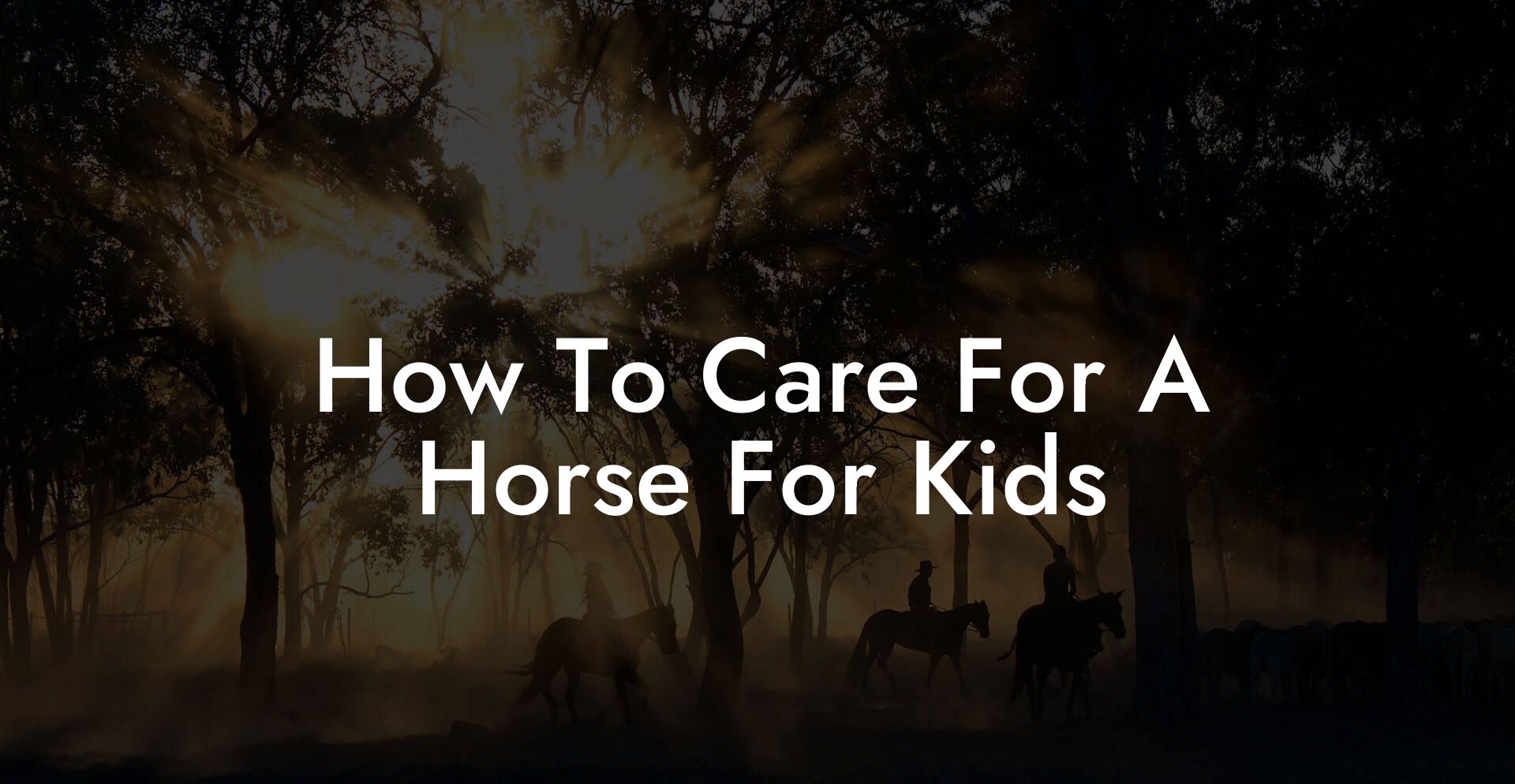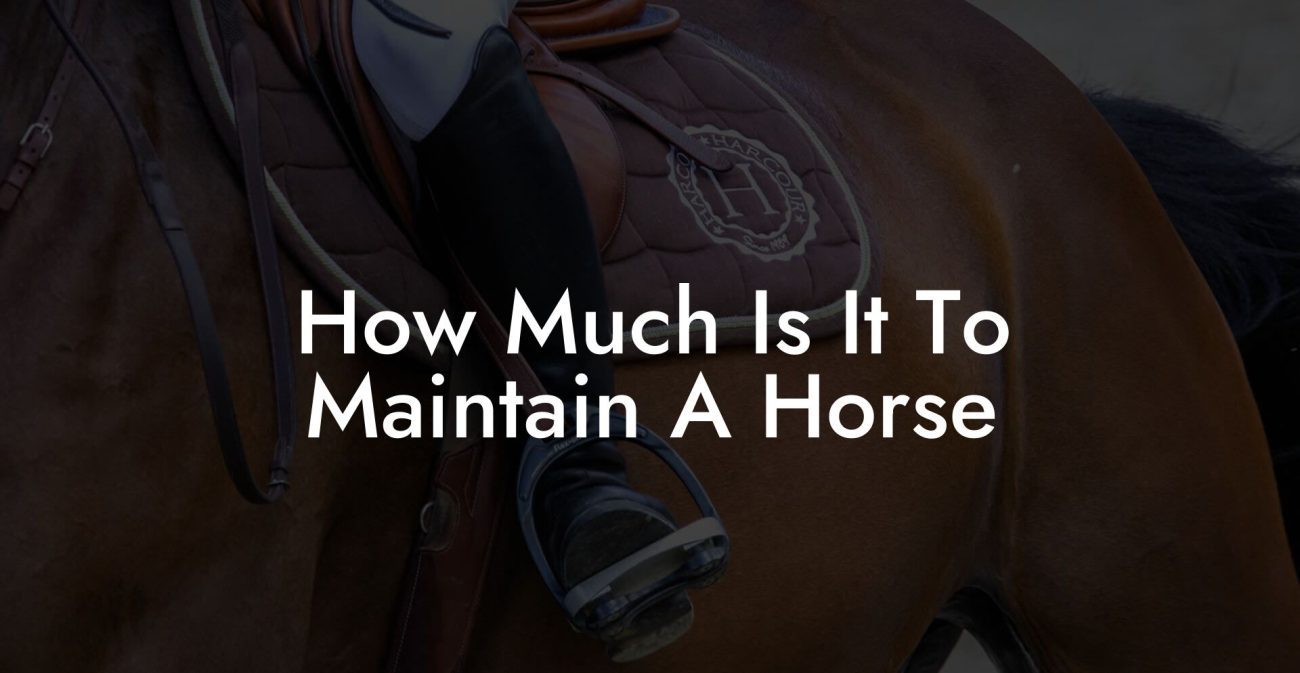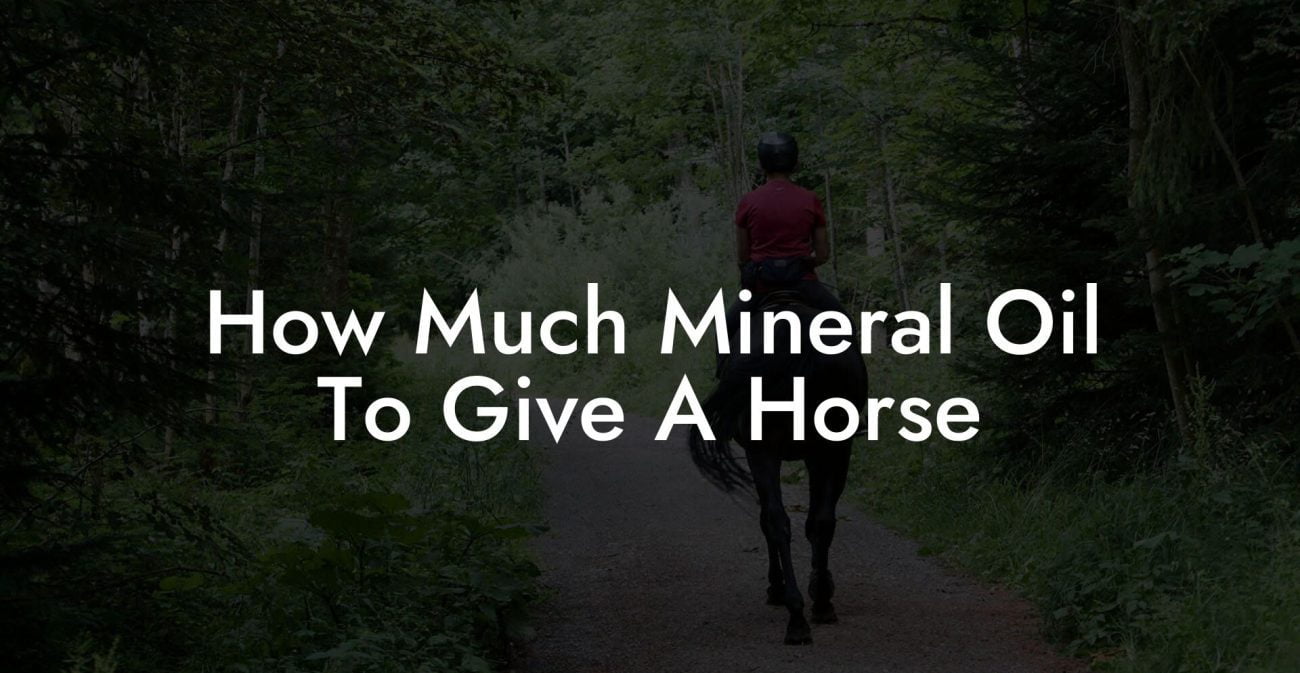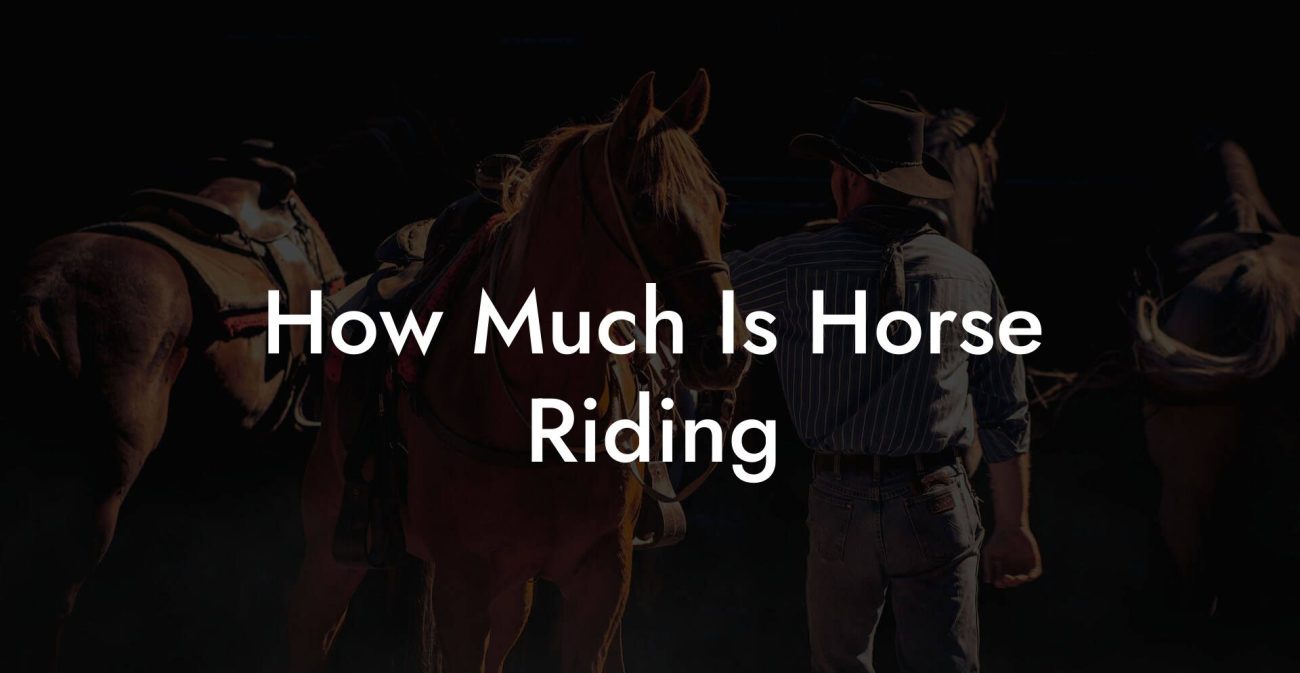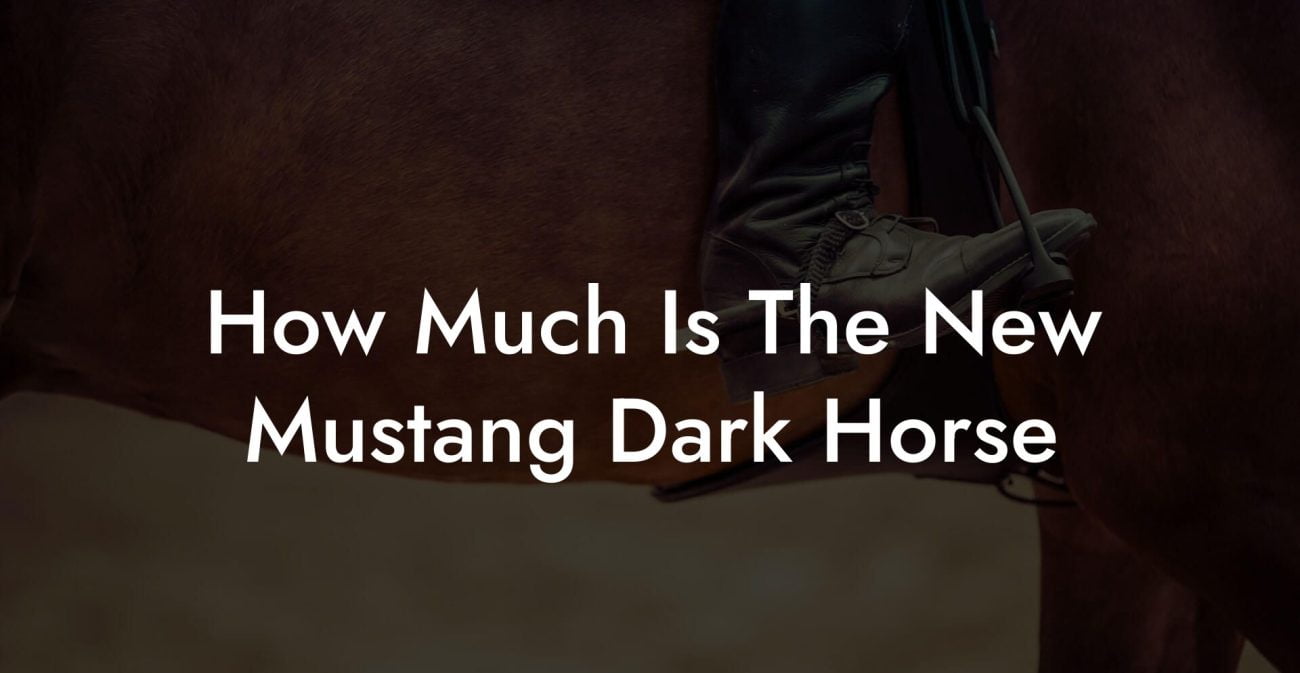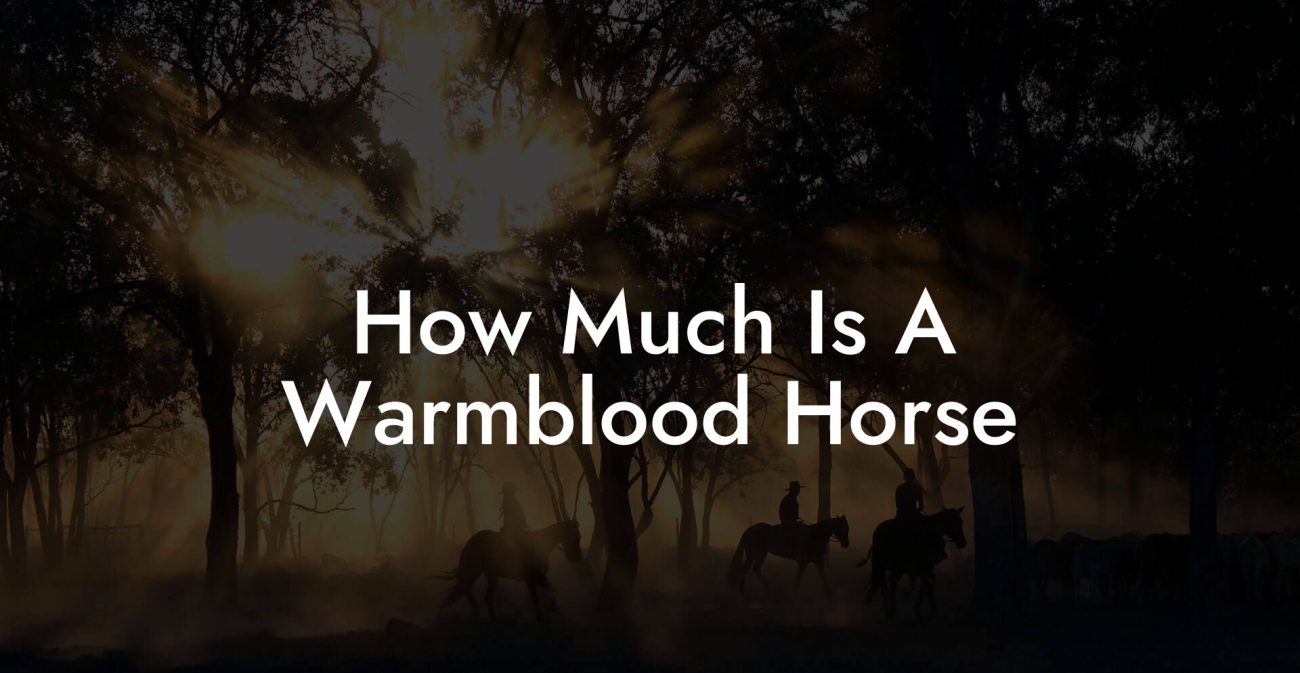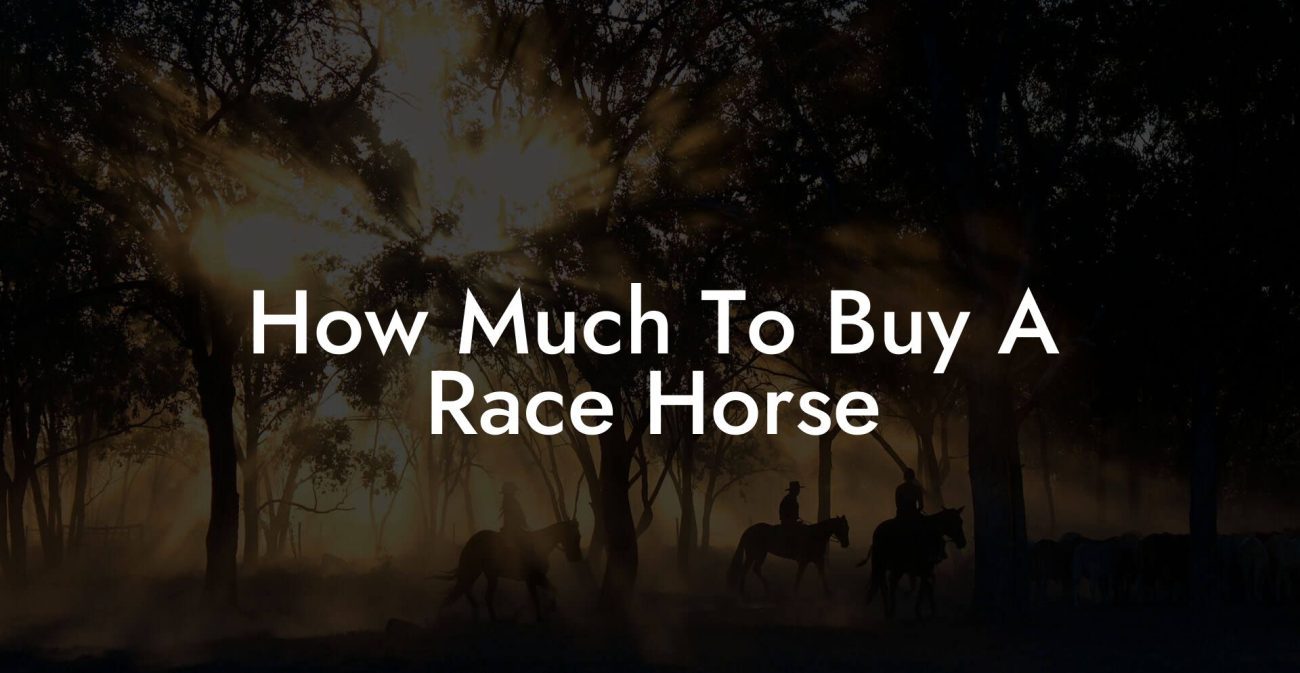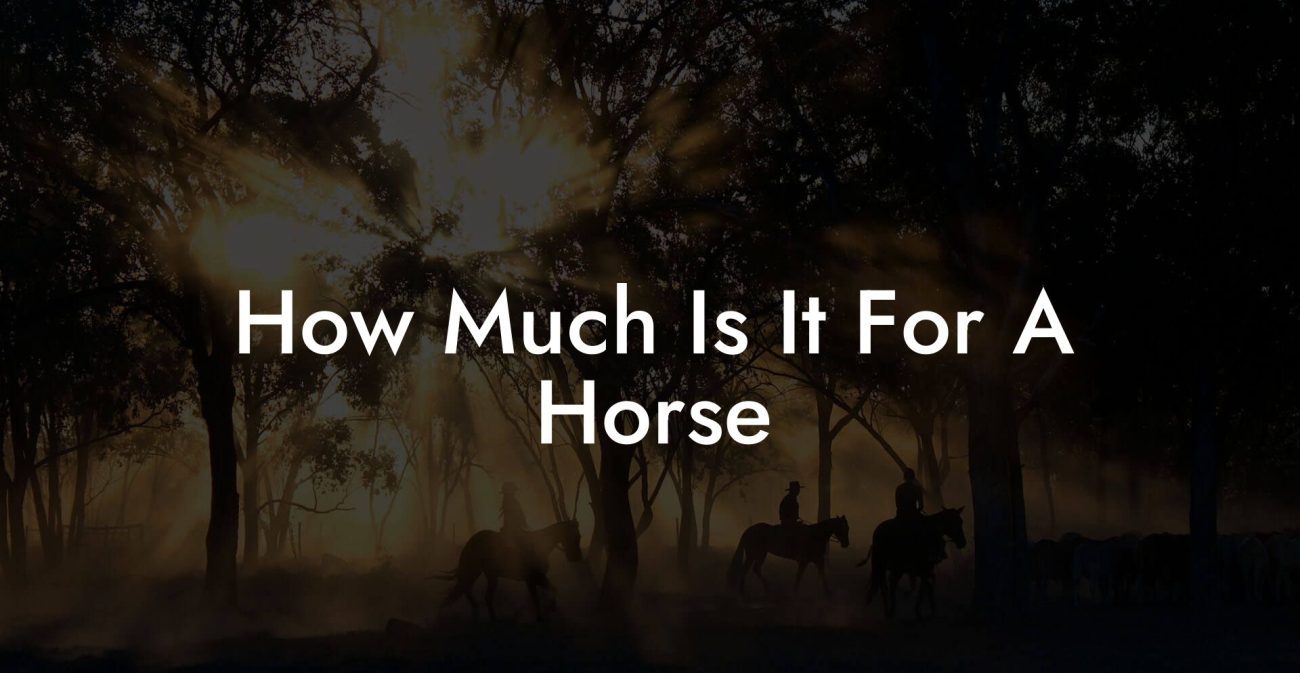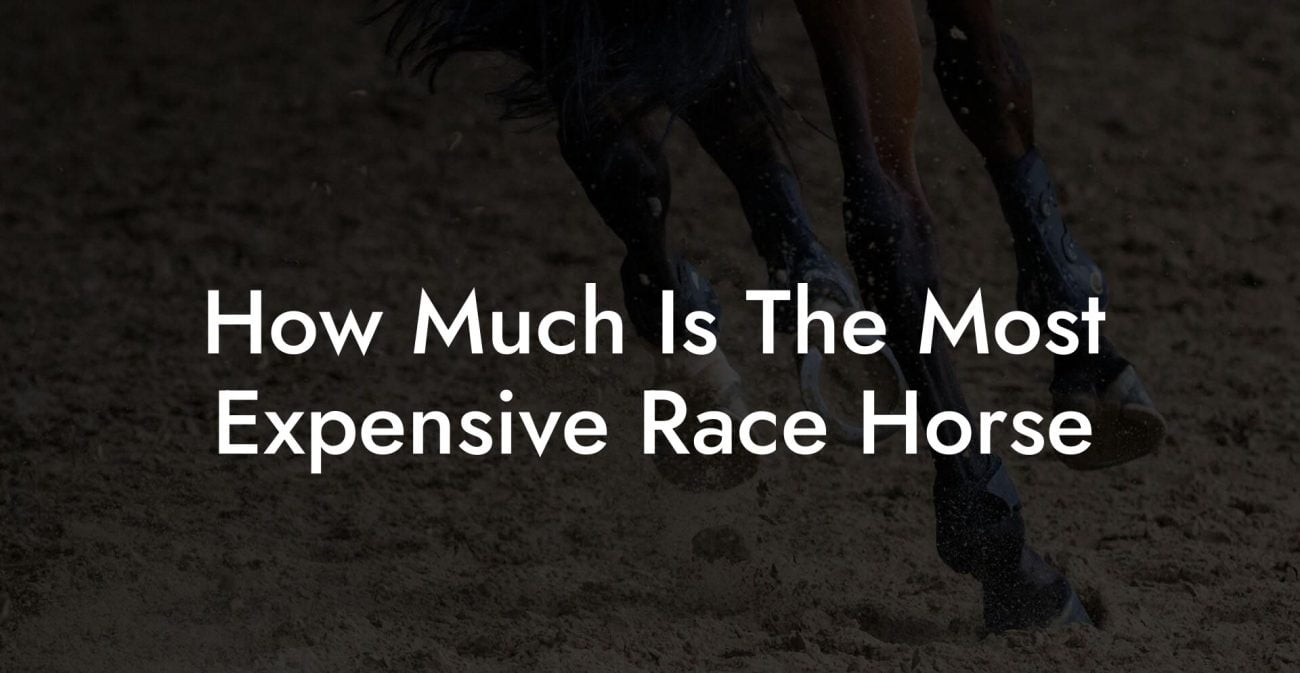Get ready to saddle up and dive into the wild, wonderful world of horse care, a journey where young riders and their families learn that caring for a horse isn’t just about riding through fields (although that’s a major perk). Whether you’re a Gen-Z equestrian enthusiast or a millennial raising kids with a passion for ponies, this guide is packed full of real-life tips, fun facts, and a healthy dose of humor to help you master the art of equine care.
Quick Links to Useful Sections
- The World of Equine Care: An Adventure for Kids and Families
- Understanding Horse Basics: What Every Kid Should Know
- Creating a Safe and Comfortable Home: The Barn and Pasture
- Feeding Time: nutrition That Makes Tails Wag
- Grooming: The Ultimate Horse Spa Day
- Exercise, Play, and training: The Horse Care Workout
- Spotting and Handling Health Issues: When Your Horse Needs a Little TLC
- Horse Riding Safety: Tips for Young Equestrians
- Fun Activities and Bonding Moments: Making Horse Care a Family Affair
- Developing a Daily Horse Care Routine: Consistency Is Key
- Equine First Aid and When to Call the Vet
- Learning Life Lessons Through Horse Care
- Resources and Community Support: Your Next Steps
- Your Journey to Becoming a Young Horse Hero
- Equine Care FAQs: Your Questions Answered
The World of Equine Care: An Adventure for Kids and Families
Horses are more than just big, beautiful animals, they’re loyal companions, trusted friends, and sometimes a bit of a drama queen. When you’re learning how to care for a horse, it’s like becoming part of a secret club where you learn to balance responsibility with fun. And don’t worry: you don’t have to be a full-grown cowboy or cowgirl to get started! From mucking out stalls to brushing a mane that practically flows like silk, every moment spent with your equine friend is a learning adventure.
In this guide, we’re unlocking the secrets of proper horse care for kids and young families. We’ll explore everything from feeding and grooming to setting up a safe barn environment, with insights tailored to the modern, tech-savvy generation. With our down-to-earth approach and a sprinkle of humor, you’ll be ready to manage a horse’s day-to-day life like a pro.
Whether your horse is a spirited thoroughbred or a gentle pony, the core principles of equine care remain the same. Not only will you ensure your horse is happy and healthy, but you’ll also discover the life lessons that come with nurturing a majestic animal, from responsibility and empathy to teamwork and good old-fashioned fun.
Understanding Horse Basics: What Every Kid Should Know
Before you can master the art of horse care, it’s crucial to understand the unique biology and behaviors of these incredible creatures. Horses are herd animals with a social structure, a unique way of communicating through body language and sounds, and even their own personalities, and yes, they can be as moody as your favorite indie band on a rainy day.
Kids and adults alike will benefit from learning the basics:
- Body Language: Horses communicate through ear positions, tail swishes, and even subtle shifts in posture. Recognizing when your horse is calm or a bit stressed can help you respond appropriately.
- Social Needs: Being herd animals, horses crave companionship. A solitary horse might be bored (or even a little depressed), so regular interaction with other horses or gentle handling is key.
- Natural Instincts: Innate behaviors like grazing for hours or galloping on open fields are not just for show, they’re essential to a horse’s health and happiness.
By understanding these basics, you’ll be better equipped to create a nurturing environment that meets your horse’s physical and emotional needs.
Creating a Safe and Comfortable Home: The Barn and Pasture
Crafting a safe, comfortable, and engaging home for your horse is as important as teaching it to trot with style. Think of your barn or stable as the horse’s personal fortress, a place where they can relax, play, and get proper rest.
Here are some kid-friendly tips for both barn and pasture management:
- Cleanliness is King: Regularly mucking out stalls isn’t the most glamorous job, but it keeps your horse healthy by reducing bacteria and parasites. Get the family involved by turning it into a fun, timed challenge.
- Safe Fencing: Ensure that the pasture is securely fenced so your horse doesn’t wander off into unknown territory. A sturdy fence is essential for preventing accidents and escapes.
- Comfortable Bedding: Stock up on clean, dry bedding like straw or shavings. Not only does this provide comfort, but it also helps with temperature regulation during those chilly nights.
- Fun and Enrichment: Horses love a challenge, so periodically introduce new toys, safe obstacles, or even a simple mirror for self-entertainment to keep their minds engaged.
A well-kept barn and pasture are the foundation of effective horse care, ensuring that your equine friend always has a safe haven to retreat to after a long day of play and adventure.
Feeding Time: nutrition That Makes Tails Wag
Just like a superhero needs the right fuel to save the world, your horse needs a balanced diet to maintain its strength and energy. A diet geared toward equine health should include high-quality hay, fresh water, and a smart mix of grains and supplements when needed.
Here’s how to set up a healthy feeding routine:
- Hay is the Main Event: Most horses thrive on a diet of high-quality hay. It provides fiber essential for proper digestion. Remember, more is not always better, too much hay can lead to weight gain, so portion control is key.
- Grains and Minerals: Depending on your horse’s age, activity level, and health, you might need to supplement hay with grains, vitamins, and minerals. A consultation with an equine nutritionist can be a smart move.
- Fresh Water: Horses can drink a surprising amount of water. Always ensure there is a fresh supply available, clean and chilled if possible, especially during the summer heat.
- Snack Smartly: Treat time can be fun for kids and horses alike! Offer carrots, apples, or specially formulated horse treats, but in moderation to avoid upsetting the balance of your horse’s diet.
Combining proper nutrition with a consistent feeding schedule not only keeps your horse physically fit but also supports its overall mood and behavior. When a horse has its belly full, it’s usually more relaxed and ready for a fun day in the pasture.
Grooming: The Ultimate Horse Spa Day
Brushing, bathing, and combing your horse may not sound as exciting as a day at an amusement park, but trust us, it’s an essential part of caring for your equine pal. Grooming isn’t just about keeping your horse looking runway-ready; it’s also an opportunity to bond and check for any unusual bumps or injuries.
Here are some fun, kid-friendly grooming tips:
- Brushing Techniques: Use a soft brush for the mane and tail and a firmer one for the body. Start at the neck and work your way down, giving your horse a gentle massage with each stroke.
- Mane and Tail Care: Comb the mane and tail in sections to avoid tangles and knots. Some kids even enjoy braiding the mane for a fun, creative twist, just make sure it’s not too tight!
- Bath Time Fun: Depending on the weather, bathing your horse can be a refreshing activity. Use warm, soapy water and be sure to rinse thoroughly. Keep in mind that some horses prefer a quick rinse over a full bath.
- Paw and Hoof Checks: While grooming, inspect the hooves for any sign of cracking or damage. Clean out any stones or debris that might have accumulated.
Grooming sessions can be transformed into mini spa days where you and your family relax together. It’s a great way to bond, support your horse’s health, and even pick up a few relaxation tips for yourself.
Exercise, Play, and training: The Horse Care Workout
Horses aren’t meant to be cooped up all day. Their well-being depends on regular exercise and mental stimulation. For kids excited about horse riding or simply looking to play with a peaceful pony, this section is your go-to guide for keeping your horse active.
Exercise routines can vary depending on your horse's age, breed, and health. Here are some ideas:
- Light Riding Sessions: For young riders, start with gentle riding lessons that focus on balance, steering, and simple commands. Always have an experienced adult by your side.
- Groundwork Games: Engage in fun activities like leading exercises, obstacle courses, or even a friendly game of “follow the leader”, which shifts the focus from just riding to overall equine training.
- Pasture Play: Allow your horse to roam freely in a secure, fenced pasture. Running, trotting, and even a playful canter can be part of the daily routine.
- Interactive Training: Use positive reinforcement techniques to teach your horse basic commands. Kids can help by throwing treats or offering encouraging words, creating a positive feedback loop.
Incorporating fun exercise routines not only supports your horse’s physical health but also boosts its mental well-being. When your horse is active, it’s happier, more responsive, and all the more ready to be your lifelong friend.
Spotting and Handling Health Issues: When Your Horse Needs a Little TLC
Just like us, horses can get under the weather from time to time. Early detection of health issues is essential for preventing small problems from ballooning. From colic to skin irritations, being aware of your horse’s health is a crucial part of responsible equine care.
Here are some health indicators every kid-caregiver should keep an eye on:
- Behavior Changes: Is your usually playful horse suddenly withdrawn? Changes in behavior can be a sign of discomfort or illness.
- Appetite Fluctuations: A drop in appetite or difficulty eating might indicate dental problems or other health issues.
- Visible Injuries: Regularly examine your horse for cuts, swelling, or unusual marks. Even small abrasions should be treated promptly to prevent infection.
- Hoof Health: Cracked or chipped hooves can signal underlying issues. Routine cleaning and occasional farrier visits are your best defense.
- Temperature and Respiration: Keep an eye on your horse’s temperature and breathing. Any significant changes should prompt a visit to the vet.
If you notice anything off with your horse, it’s important to alert an adult immediately. Regular check-ups with a veterinarian and a good farrier (a hoof specialist) are key to keeping your horse in tip-top shape.
Horse Riding Safety: Tips for Young Equestrians
Riding a horse is an exhilarating experience, but safety always comes first. For kid riders, knowing basic safety protocols ensures that every ride is as fun as it is secure.
Here are some essential safety tips:
- Wear a Helmet: A properly fitted equestrian helmet is a must. It might not be the coolest accessory at first, but it’s a lifesaver.
- Proper Riding Attire: Wear long pants and appropriate boots with a small heel to prevent your foot from slipping through the stirrup.
- Be Alert: Always listen to your instructor and never deviate from the planned route. Horses can be unpredictable, so your focus is essential.
- Mounting and Dismounting: There’s a correct way to get on and off a horse. Practice these techniques on a calm horse under supervision until you’re confident.
- Mind the Surroundings: Always be aware of other horses, obstacles, and sudden movements. Communication with your riding group is key.
Safety might seem like a buzzkill, but it’s actually your ticket to endless adventures with your equine buddy. With these tips in mind, every ride can be both fun and secure.
Fun Activities and Bonding Moments: Making Horse Care a Family Affair
Caring for a horse offers plenty of opportunities for creativity and bonding. Beyond the daily routines, there are countless ways to have fun while strengthening your connection with your horse.
Consider these ideas:
- DIY Grooming Tools: Create your own brushes or decorative combs with a little craft time. Personalizing your grooming tools can make maintenance time feel less like a chore and more like an art project.
- Picnic in the Pasture: Once in a while, pack a snack and set up a picnic by the stable. Invite family members to join in, turning a regular day into a celebration of all things horse.
- Photo Journals: Document your horse’s daily adventures with photos or even videos. Not only does this capture memories, but it also helps track changes in behavior and health over time.
- Art Projects: Have the kids draw or paint pictures of your horse. This creative exercise can help them feel more connected and invested in the horse’s well-being.
- Team Work Challenges: Organize mini-challenges like a timed stall cleaning or a grooming relay race. It’s a great way to blend responsibility with friendly competition.
These activities not only enhance your horse’s care routine but also nurture a sense of responsibility and teamwork among kids, making horse care a fun and educational family endeavor.
Developing a Daily Horse Care Routine: Consistency Is Key
One of the best ways to ensure your horse is always at its best is by establishing a daily routine that covers all aspects of its care. From morning feeding to evening grooming, a predictable schedule can help reduce stress for both the horse and its caregivers.
Here’s a sample daily routine that kids and parents can follow together:
- Morning: Start the day by refreshing the water supply and collecting fresh hay. Check the stable for any overnight messes, and do a quick visual health assessment.
- Mid-Morning: Take a leisurely walk around the pasture with your horse. This helps to stretch out those muscles and offers a chance to enjoy some fresh air.
- Afternoon: Spend time on grooming and light exercise. This might include a short riding session or a grounding activity like teaching your horse new commands.
- Evening: Clean the stall, replenish bedding if needed, and give your horse a final brush-down before settling down for the night.
- Weekly Special: Dedicate one day a week for a more intensive cleaning session, a visit from the farrier, or a veterinarian check-up. This can become a fun family ritual.
A consistent routine does more than just keep your horse healthy, it also builds trust and communication between you and your equine friend. Plus, routines help kids understand time management and the value of responsibility.
Equine First Aid and When to Call the Vet
Accidents happen, and sometimes even the most carefully-managed horse care routines encounter hiccups. Knowing equine first aid basics can empower kids (under adult supervision) and their families to act quickly if something goes wrong.
Some essential first aid tips include:
- Wound Care: Clean minor cuts with a mild antiseptic and wrap them appropriately. Larger wounds may require a vet’s attention.
- Colic Awareness: Learn the signs of colic, restlessness, pawing the ground, or a refusal to eat. Immediate veterinary care can be crucial.
- Heat Stress: Ensure your horse has ample water and shade on hot days. Use cool water to slightly dampen the skin if necessary.
- Injury Protocol: If your horse limps or seems unusually lethargic after physical activity, it may have an injury. Avoid letting it continue strenuous exercise without professional advice.
Always have an emergency contact list including your local veterinarian, and don’t hesitate to seek professional help if you’re in doubt. Knowledge of basic first aid is a powerful tool that helps ensure your horse is safe even when unexpected issues arise.
Learning Life Lessons Through Horse Care
Caring for a horse isn’t just about the physical tasks, it’s a journey filled with lessons about responsibility, empathy, and the importance of hard work. When kids take part in horse care, they learn to value patience, exhibit kindness, and develop the confidence to handle challenging situations.
The discipline of regular care routines, paired with the joy of spending time with a majestic animal, forges a unique bond and creates memorable experiences. Over time, these experiences can shape a child's outlook on life, emphasizing perseverance and the rewards of tending to others.
And let’s be honest: who wouldn’t want to tell their friends that they helped brush a real-life horse, fixed its feed, and learned the secret language of equine body language? These stories are not only great conversation starters but also solid life lessons wrapped up in adventure.
Resources and Community Support: Your Next Steps
No one becomes an expert overnight, and the world of equine care is full of resources, local communities, and online forums where you can get tips, share stories, and ask for advice. Whether you’re a young equestrian or a parent hoping to encourage your child’s passion, there are plenty of communities ready to welcome you.
Consider these resources:
- Local Riding Schools and Clubs: These organizations host workshops, riding lessons, and safety clinics that are perfect for young relatives of the equestrian world.
- Online Forums and Social Media Groups: Sites like Reddit, Facebook groups, and specialized equine care forums offer environments to share experiences and seek advice.
- Veterinary and Farrier Networks: These professionals often provide community outreach or educational sessions on proper horse care.
- Equine Magazines and Blogs: Regularly updated content can keep you informed about the latest trends and innovative techniques in horse care.
Making connections with fellow horse lovers not only enriches your own knowledge but also creates lifelong friendships and support networks. So, take that leap, join a club, attend a workshop, or simply follow a few equine care blogs, and keep fueling your passion for these magnificent creatures.
Your Journey to Becoming a Young Horse Hero
Every heroic journey starts with a single step, and yours begins with learning how to care for a horse. Whether you’re spending an hour grooming your pony, preparing a balanced meal, or simply enjoying a quiet moment in the pasture, you’re part of an extraordinary tradition that spans generations.
Caring for a horse teaches you more than just animal husbandry, it teaches you about commitment, love, and the joy of nurturing life. Embrace the challenges, celebrate the small victories, and always remember: each brush stroke, each measured scoop of feed, and each shared smile with your horse is a step towards becoming a true equine hero.
So, grab your brush, rally your friends and family, and dive into the amazing world of horse care. The adventures that await are as boundless as the open fields, and the lessons you learn will stick with you forever.
Equine Care FAQs: Your Questions Answered
Below are some frequently asked questions that help demystify the ins and outs of caring for a horse, tailored especially for young caretakers.
1. What are the first steps a kid should take when learning how to care for a horse?
Starting with the basics is key, learn about your horse’s body language, feeding habits, and grooming needs. Always work under adult supervision and familiarize yourself with safety protocols.
2. How often should a horse be groomed?
A daily grooming routine is ideal. Regular brushing, combing the mane and tail, and periodic baths help keep your horse comfortable and healthy.
3. What does a healthy horse diet include?
A balanced diet mostly consists of good-quality hay, supplemented with grains, vitamins, and always plenty of fresh water. Adjust portions based on the horse’s age, activity level, and specific needs.
4. Why is a safe barn and pasture important?
A secure and clean environment prevents injuries, reduces the risk of illness, and provides your horse with a comfortable place to rest and play. Regular maintenance is key.
5. What are some basic safety tips for young riders?
Always wear a helmet, proper riding gear, and listen closely to your instructor. Ensuring a safe environment around the horse is essential for both your safety and your horse’s well-being.
6. How can I tell if my horse is stressed or in pain?
Look for changes in behavior, such as withdrawal or irritability, a reduced appetite, or unusual sounds. Regular grooming and observation help you notice any changes early.
7. What should I do if I notice a health issue with my horse?
Inform an adult right away and seek professional advice from a veterinarian or farrier. Early intervention can keep minor issues from becoming major problems.
8. Can I help with first aid for my horse?
With proper training and always under adult supervision, you can assist with basic first aid for minor issues. However, serious concerns should always be handled by experienced professionals.
9. Are there online resources for young equestrians?
Absolutely! There are many forums, social media groups, and websites where young riders and families share experiences, tips, and advice.
10. How do I balance fun and responsibility when caring for a horse?
Create a daily routine that includes both essential care tasks and fun activities. This balance not only keeps your horse healthy but also makes every day an adventure.

